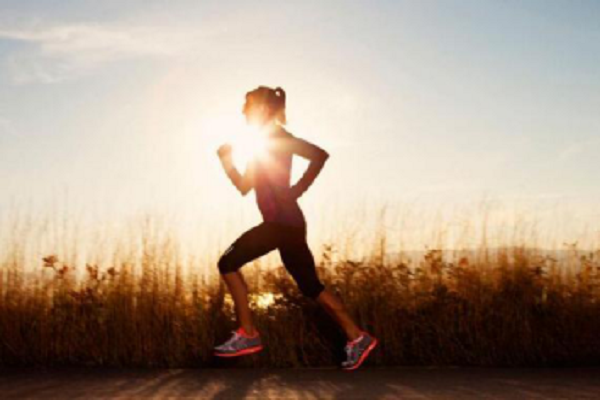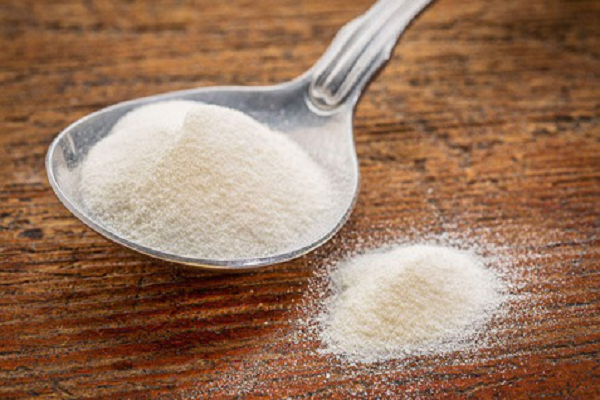Parsley is also known as artichoke, Panyu, Panyu, and celery. Green leaves and fresh green leaves are indispensable seasoning dishes in Western cuisine. They can be used as side dishes, raw or aromatic, and have remarkable economic benefits. The greenhouse cultivation techniques for parsley are now described as follows: 1. Variety selection. There are two types of leafy and wrinkled leaf types. At present, most of the cultivated varieties are wrinkled leaf species. 2. Sowing seedlings. Prepare seedbeds before sowing. Bed and land should be easy to drain and irrigation, soil loose and fertile, apply 2,000 kg of decomposed manure, 25 kg of superphosphate, and 100 kg of vegetation ash per acre, then pour the soil and smooth the bed surface to make a deep ditch sorghum. Seeding bed before sowing water, sowing should be uniform, the amount of 13 to 15 grams per acre field, need 6 to 7 square meters seedbed. After sowing, it is covered with a layer of fine soil. It is advisable to cover the seeds, cover the straw or shade net, keep the temperature of the rice straw, promote seedlings, and timely remove the ground cover after emergence. Water is used sooner or later. Generally no fertilizer is applied in the bed. 6 true leaves can be planted into the production field. 3. Site preparation. Before transplanting cultivating basal fertilizer, apply 2000-3000 kg of manure per acre, 1000 kg of manure, 25 kg of superphosphate, 100 kg of plant ash, mix soil and mix, and make 4~6m wide shed to make two sorghums. . The regeneration ability of the parsley root is strong, and the seedling age can be large or small, and it can be properly planted according to the conditions of the greenhouse thawing. However, it is appropriate to plant the small seedlings with a 15 cm spacing and a row spacing of 20 cm. The planting density is 18,000 per mu. 4. Greenhouse management. Hi warm and cool climate, the optimum growth temperature of 15 ~ 20 °C, long-term lower than -2 °C, there is frost damage. Greenhouse cultivation from the end of October to mid-November, the temperature dropped significantly, in time to buckle the film, sunny midday shed temperature can be appropriate cooling ventilation, to the cold in the shed to take a small arch shed insulation or direct coverage of non-woven insulation. 5. Fertilizer management. Parsley likes to be wet, pay attention to watering during the whole growth period, keep the soil more moisture, but can't collect water. After planting, water should be poured to live. After about 3 days, the seedlings will survive, and the new leaf will germinate in 7 days. At this time, we must keep the soil moist and avoid drought. Leaves growing season, irrigation once every 10 days, per acre poured 3.0 kg of urea or foliar spraying of 0.3% potassium dihydrogen phosphate, continue to fertilize after harvest, and promote growth. 6. Weeding and weeding. Watering fertilization often occurs with soil compaction, so pay attention to cultivator loose soil and weeding, cultivator should be shallow, can not hurt the root system, generally should be carried out after harvest, easy to operate. 7. Pest control. The common disease fruit has spot disease, which can be treated with 400 times mancozeb solution; in the case of high temperature and lack of fertilizer, it is prone to physiological diseases, such as bovine stem disease caused by boron deficiency, it is necessary to spray 0.2% borax Aqueous solution. 8. Harvest. Three to four months after sowing, when the plant grows to 12 leaves, the leaves can be picked. The leaves are generally harvested from the outside. The experience in the suburbs of Suzhou is that: 4 to 5 functional leaves are left in the heart, and the selected leaves are picked. Once harvested every 10 days, 2 slices are picked each time. When picking the base to stay 0.5 to 1 cm long petiole, should not take off the handle and hurt the plant. Yield per acre is about 2000 kg. The commodity leaf should be bundled and packaged according to the standard, and the trademark should be sold in a timely manner. Wrap with plastic wrap to prevent dehydration and wilting of leaves. The long-distance transportation also needs to be loaded into a plastic turnover box, put a proper amount of crushed ice cubes to cool and keep fresh, and transport them with a warming car (cold RV).
Collagen is a triple helical protein which can be considered as the bio-glue inside our body; in fact, animal glue can be obtained by boiling the animal skin. Collagen, a major component of connective tissues, exits in the extracellular space of these tissues which are the key reinforcing and bonding materials for all tissues and organs throughout our body, forming rigid structures as such bone, semi-rigid tissues such as cartilage, or soft tissues such as muscle, tendon, skin, ligaments, and cell membranes, etc. There are different forms (fibrillar and non- fibrillar) and types of collagens in the body; Type 1 being the major type constitutes over 90% in our body and is the major component in skin, tendon, vascular ligature, organs, bone (main component of the organic part of bone). Because collagen is an essential building material of all tissues and organs, it has many medical uses, such as in cardiac (hear) applications, cosmetic surgery, bone grafts, tissue regeneration, reconstructive surgical uses, and wound healing care.
Collagen is created inside fibroblast cells, and this process is needed to support the creation and repair of the body`s connective tissues. However, the biological process starts to breakdown when we are aging, normally after we reach the age of late 20s or early 30s. Because collagen from natural sources such as animal, fish scales or plant contain essentially the same amino acid compositions (glycine, proline, alanine, hydroxyproline, glutamic acid, arginine, aspartic acid, serine, lysine, leucine, valine, threonine, phenylalanine, isoleucine, etc.) as human collagen, supplement the body with the natural collagen, either by dermal application or through oral ingestion, can help rejuvenate collagen creation process to support the repairing of aging connective tissues in our body, particularly those in our skin, and to reverse or slow down the aging process for a more youthful appearance.
Collagen Hydrolyzed Collagen,Fish Collagen,Collagen Food,Collagen Cosmetic Nanjing Sunshine Biotech Co., Ltd , http://www.sunshine-bio.com
